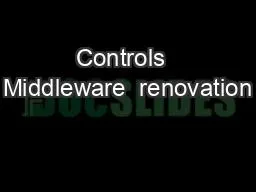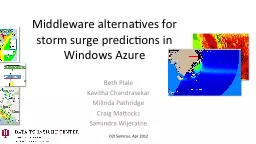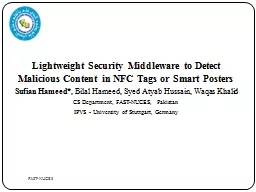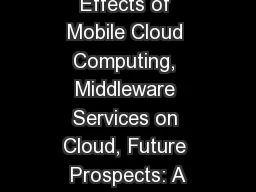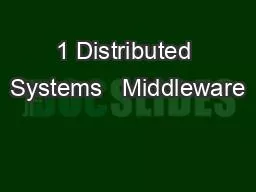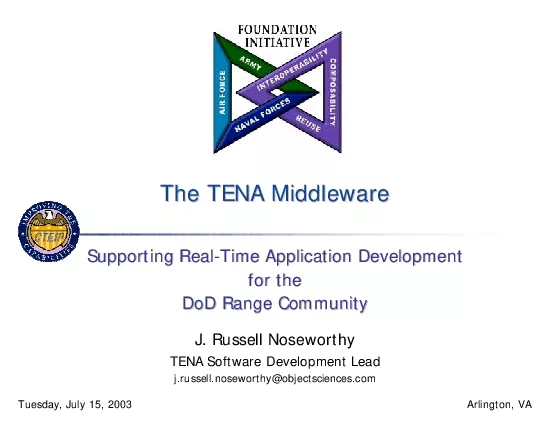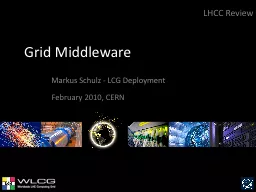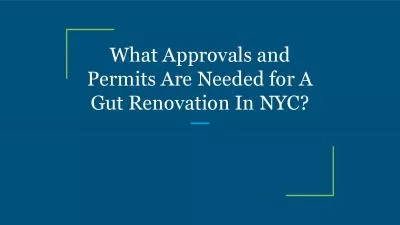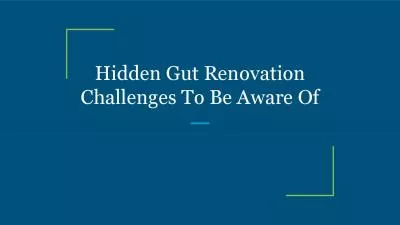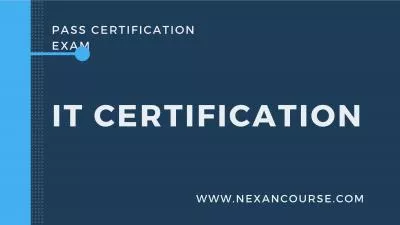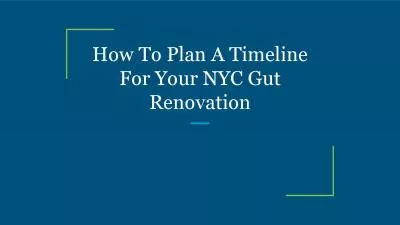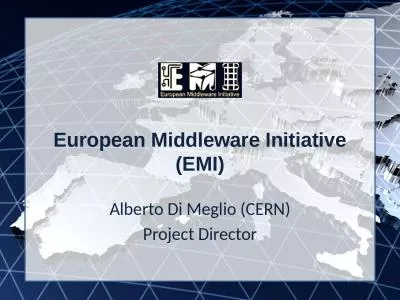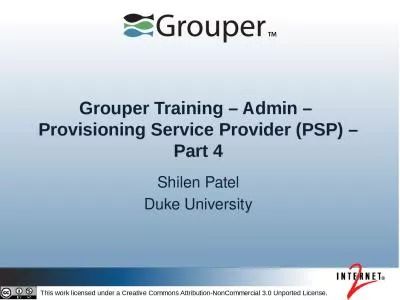PPT-Controls Middleware renovation
Author : studmonkeybikers | Published Date : 2020-06-24
technical overview 26th June 201 3 Wojciech Sliwinski BECOIN for the BECO Middleware team Felix Ehm Kris Kostro Joel Lauener Radoslaw Orecki Ilia Yastrebov
Presentation Embed Code
Download Presentation
Download Presentation The PPT/PDF document "Controls Middleware renovation" is the property of its rightful owner. Permission is granted to download and print the materials on this website for personal, non-commercial use only, and to display it on your personal computer provided you do not modify the materials and that you retain all copyright notices contained in the materials. By downloading content from our website, you accept the terms of this agreement.
Controls Middleware renovation: Transcript
Download Rules Of Document
"Controls Middleware renovation"The content belongs to its owner. You may download and print it for personal use, without modification, and keep all copyright notices. By downloading, you agree to these terms.
Related Documents

